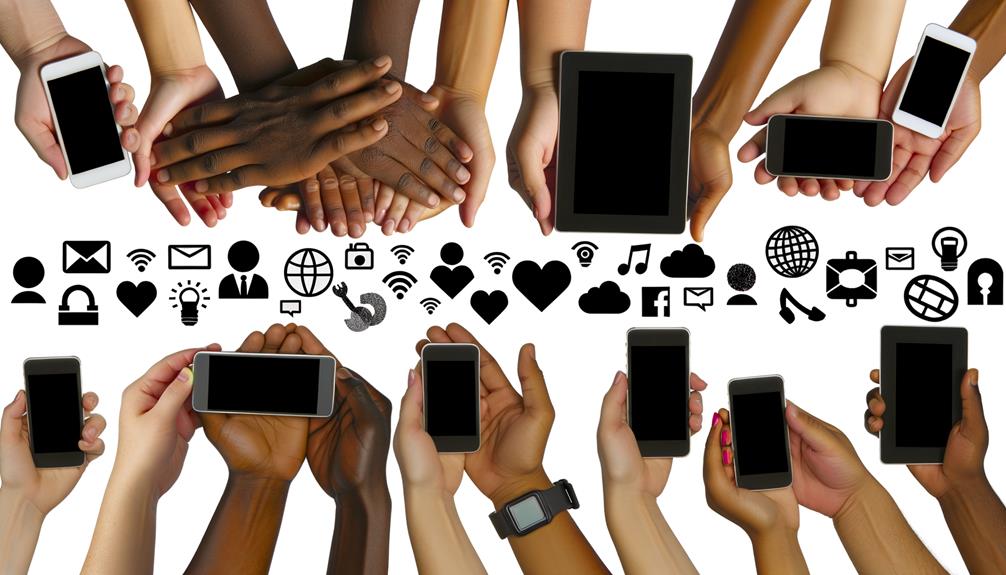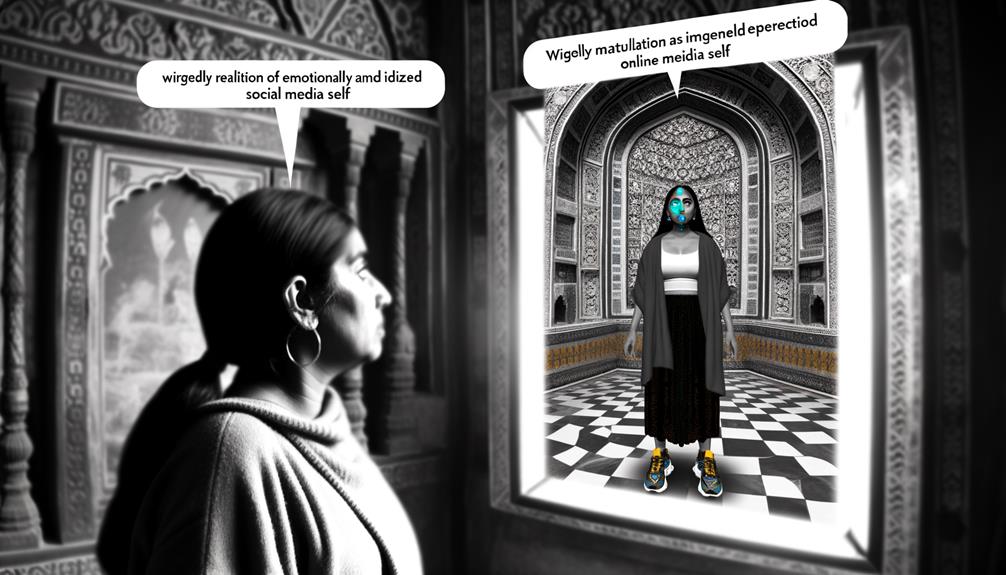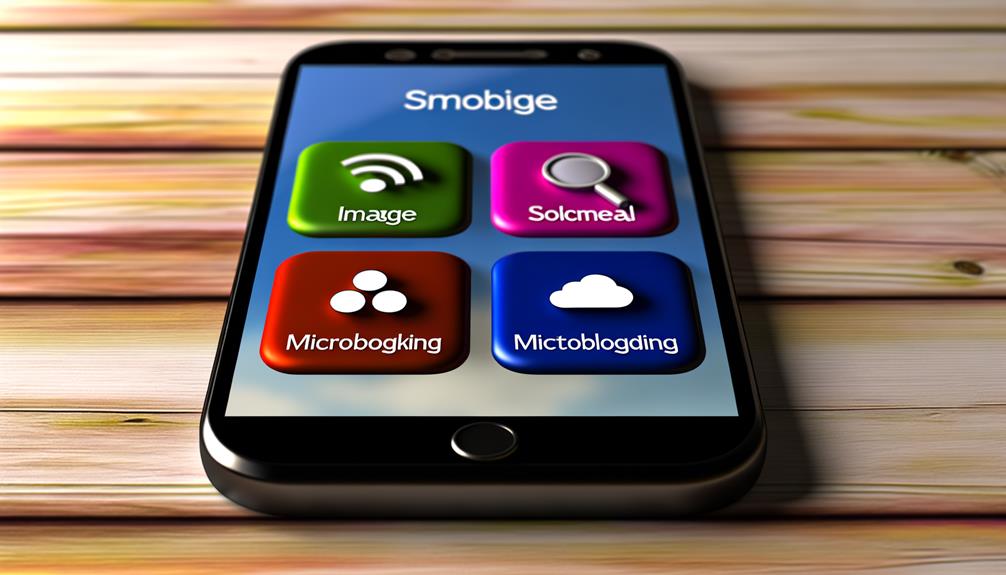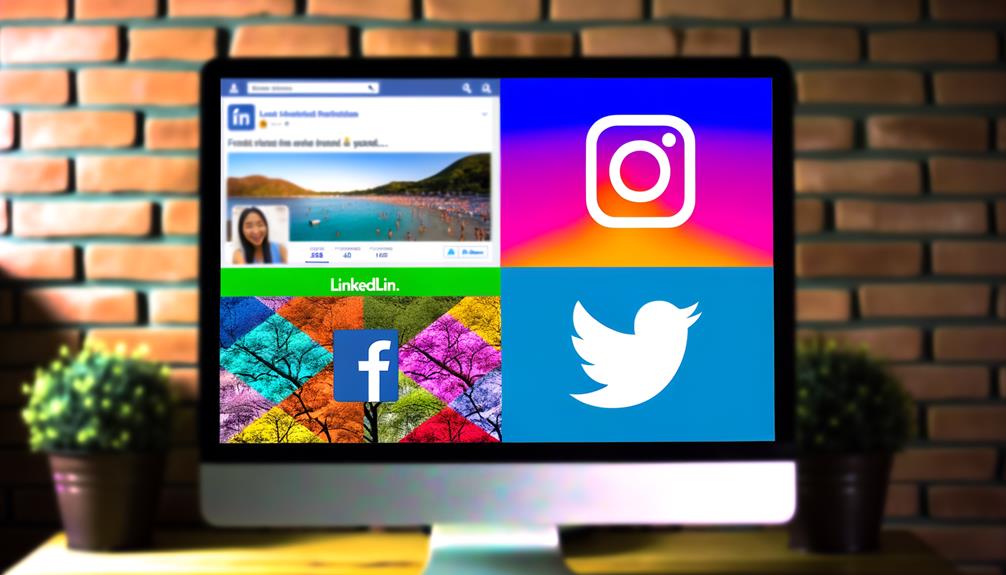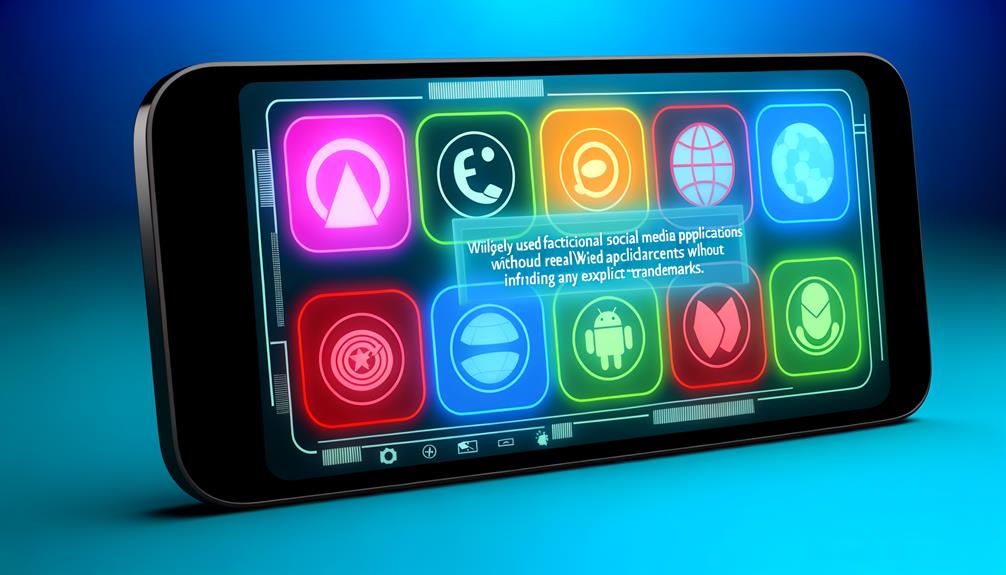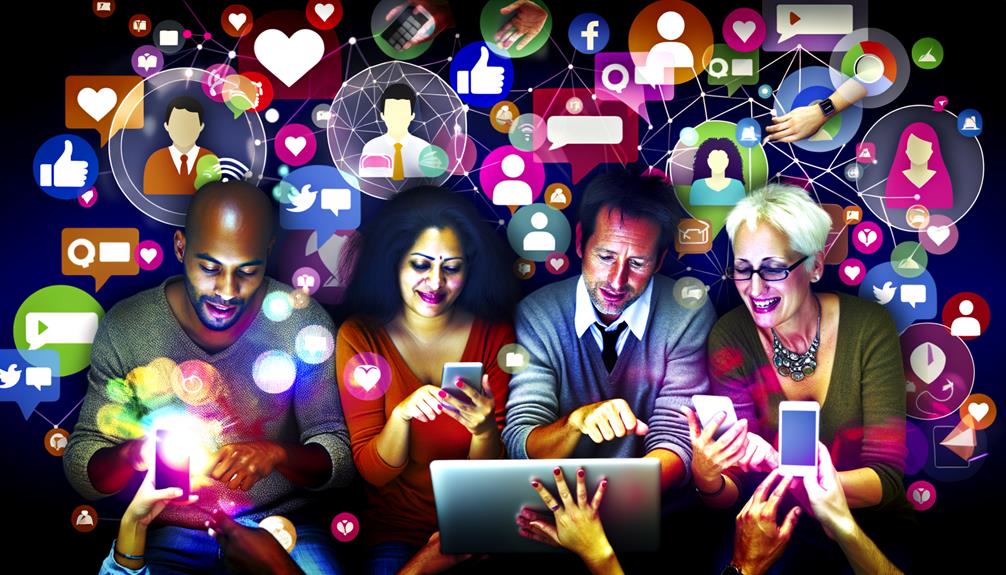Have you ever wondered how social networking platforms influence the way we interact and perceive the world around us? From shaping communication dynamics to redefining cultural norms, the impact of social networking is vast and multifaceted.
As you navigate through this discussion, you will uncover the intricate ways in which social networking shapes our world, connecting individuals on a global scale and paving the way for future societal trends.
The evolution of Social Networking
From the early days of the internet, social networking has rapidly transformed and adapted to meet the changing needs of its users. Platforms like Friendster and MySpace laid the groundwork for connecting individuals online. However, it was the launch of Facebook in 2004 that revolutionized social networking by introducing features like news feeds, photo sharing, and a more user-friendly interface. This shift marked the beginning of a new era in online social interactions.
As social networking evolved, platforms like Twitter emerged, focusing on real-time updates and brevity in posts. Instagram capitalized on visual content, allowing users to share photos and videos effortlessly. LinkedIn targeted professionals, offering a space for networking and career development. These adaptations catered to different aspects of people’s lives, from personal connections to professional growth.
The evolution of social networking continues today, with platforms like TikTok emphasizing short-form video content and Snapchat popularizing temporary posts. This ongoing evolution showcases the dynamic nature of social networking, constantly shaping and reshaping how we interact and share our lives online.
Impact on communication patterns
The evolution of social networking has fundamentally altered how you communicate, impacting your patterns of interaction both online and offline. Social networking platforms have reshaped the way people connect with each other, influencing the way conversations unfold and relationships are formed. Here are three key ways social networking has impacted communication patterns:
- Immediate Communication: Social networking allows for instant messaging and real-time interactions, enabling you to communicate with others regardless of geographical barriers. This immediacy has changed the pace at which conversations happen, leading to quick exchanges of information and rapid decision-making processes.
- Diverse Communication Channels: With social networking, you have access to various communication channels such as text, voice, video, and images. This diversity in communication mediums offers you the flexibility to choose the most suitable way to express yourself in different situations.
- Global Reach: Social networking platforms enable you to communicate with individuals from all around the world, expanding your network and exposing you to diverse perspectives and cultures. This global reach has broadened the scope of your interactions and allowed for cross-cultural exchanges like never before.
Influence on cultural norms
Social networking platforms have significantly shaped and transformed cultural norms, influencing behaviors and attitudes within societies worldwide. Through these platforms, individuals are exposed to diverse perspectives, values, and beliefs, leading to a blending and evolution of cultural norms. Social media enables the rapid spread of ideas, trends, and practices across different cultures, creating a globalized cultural landscape.
Moreover, social networking platforms have played a crucial role in challenging traditional cultural boundaries and fostering inclusivity. They provide a space for marginalized voices to be heard, promoting cultural diversity and acceptance. For example, movements advocating for gender equality, LGBTQ+ rights, and racial justice have gained momentum through social media campaigns, influencing societal norms and promoting positive change.
On the other hand, the influence of social networking on cultural norms also raises concerns about the homogenization of cultures and the spread of misinformation. As individuals engage with content curated by algorithms, there’s a risk of reinforcing stereotypes and biases, impacting the perception of different cultures. It’s essential for users to critically evaluate the information they encounter on social media to ensure a more nuanced understanding of cultural norms.
Role in global connectivity
Playing a pivotal role in connecting people worldwide, social networking platforms have revolutionized the way individuals interact and communicate across borders. Through these platforms, you can establish connections with individuals from different countries, fostering a sense of global community. Here’s how social networking contributes to global connectivity:
- Breaking down physical barriers: Social networking transcends geographical boundaries, allowing you to communicate with someone on the other side of the world instantly. This ease of connection has made the world feel smaller and more interconnected.
- Facilitating cultural exchange: By engaging with individuals from diverse backgrounds on social networking sites, you have the opportunity to learn about different cultures, traditions, and perspectives. This cultural exchange promotes understanding and empathy on a global scale.
- Enabling collaboration across continents: Social networking platforms provide a space for collaboration and cooperation among individuals, organizations, and businesses worldwide. This collaboration leads to the sharing of knowledge, ideas, and resources, fostering innovation and progress on a global level.
Social networking and future trends
Amidst the ever-evolving landscape of technology, anticipate exciting advancements and transformations in how individuals engage and connect through social networking in the future. As technology continues to progress, social networking platforms are likely to become even more integrated into daily life, offering new ways to interact and share experiences. Here are some potential future trends to look out for:
| Future Trends in Social Networking | Description | Potential Impact |
|---|---|---|
| Virtual Reality Integration | Enhanced immersive experiences | More engaging interactions |
| Artificial Intelligence Assistance | Personalized content suggestions | Improved user experience |
| Augmented Reality Features | Overlaid digital information | Enhanced real-world integration |
| Blockchain Technology Adoption | Secure data sharing and transactions | Increased trust and privacy |
These trends have the potential to revolutionize how people communicate, share information, and build relationships through social networking platforms. Stay tuned for these exciting developments that will shape the future of social networking.
Conclusion
In the ever-evolving world of social networking, you have witnessed firsthand its transformative power on communication, cultural norms, and global connectivity. As you navigate this digital landscape, remember that every post, like, and share shapes the fabric of our society.
Embrace the opportunities for connection and collaboration, for in this interconnected web of relationships, lies the potential to truly make a difference in the world.

